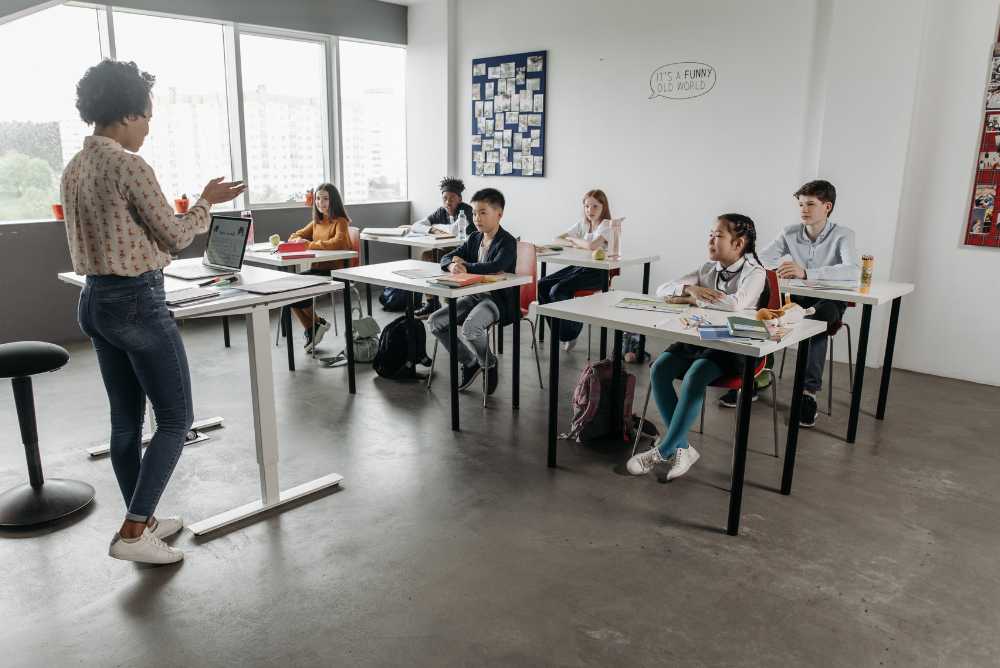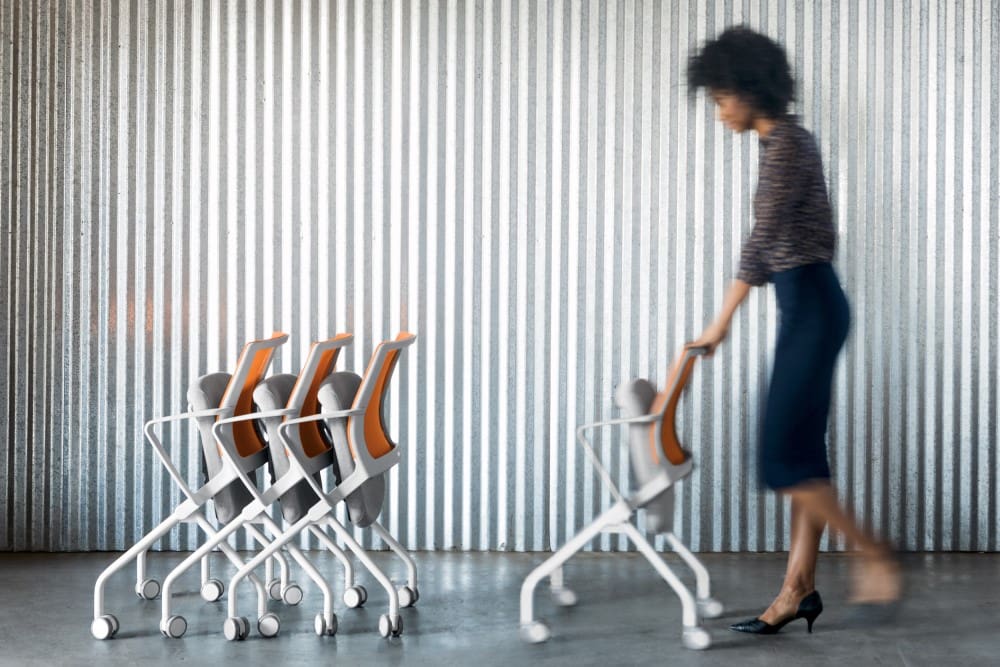Academic departments in White Plains, NY, are constantly evolving to support new teaching methods, administrative tasks, and collaborative goals. As space and functionality demands shift, choosing the right furniture becomes essential to maintaining efficiency and comfort.
Modular education office furniture offers a smart, adaptable solution for these dynamic environments. It allows departments to reconfigure layouts, accommodate growth, and promote more productive workspaces without costly renovations.
Here are six key benefits of using modular education office furniture in academic departments:
Key Takeaways✔ Modular furniture allows academic departments to easily adjust layouts for changing needs and activities. ✔ Compact and reconfigurable designs make better use of limited space in school and office environments. ✔ Flexible furniture supports group discussions and teamwork by making it easier to rearrange spaces. ✔ Long-term value comes from the ability to reuse, expand, or reconfigure furniture without major costs. ✔ Clean, modern furniture creates a polished environment that reflects professionalism and boosts morale. ✔ Modular setups adapt to growth, tech upgrades, and evolving academic needs with minimal disruption. ✔ An ergonomic, adjustable chair reduces discomfort and supports daily performance across all roles. ✔ Proper posture supported by the right desk and chair helps prevent strain and long-term health issues. |

Modular education office furniture offers academic departments the freedom to adapt their spaces quickly and efficiently. This flexibility supports evolving teaching styles, staff collaboration, and administrative needs without the need for permanent changes.
The main strength of modular furniture lies in its adaptability. Whether for academic advising, planning meetings, or team projects, furniture pieces can be moved and rearranged with ease.
Academic departments often need spaces that can accommodate both focused tasks and group interaction. Modular furniture makes this possible with components that support a range of working styles.
Efficient space use is essential in academic departments where office and shared areas often serve multiple functions. Modular education office furniture provides practical solutions to maximize available room without sacrificing comfort, style, or functionality.
Flexible design allows departments to make the most of tight office settings or multi-use rooms.
Creating a workspace that supports collaboration is essential in academic departments, where teamwork plays a central role. With office workers spending an average of 42% of their time collaborating, modular education office furniture becomes a practical solution.
Collaborative environments help departments function more smoothly. Thoughtfully designed school office furniture plays a vital role in supporting how teams communicate and solve problems together.
Modular education office furniture offers a smart solution for academic departments seeking to manage space and spending more effectively. Its ability to adapt to different layouts and needs over time makes it a valuable long-term investment.
Investing in modular systems helps academic departments avoid the high costs of frequent furniture replacement or renovation.
Academic departments are often challenged with tight budgets. Modular furniture provides a way to stretch funds while maintaining quality and function.
Creating a workspace that looks good and feels welcoming is just as important as having functional furniture. In academic departments, the right design of education office furniture can boost productivity, morale, and leave a strong impression on students, faculty, and visitors. Modular designs allow for easy upgrades and improvements that reflect the school’s character.
The look of a department office should align with the school’s branding and culture. Clean lines, neutral tones, and modern layouts help create a cohesive and professional environment.
Furniture design directly affects how people feel in a workspace. Comfortable, attractive setups encourage a sense of pride and satisfaction among faculty and staff.
Modern academic departments must be ready to grow and adapt to changing needs. Investing in flexible, well-designed education office furniture helps create learning and working spaces that can easily evolve. This approach reduces disruption and ensures the space continues to meet the needs of staff and students alike.
Educational tools and digital platforms are changing quickly. Furniture that supports tech upgrades keeps departments current without needing full renovations.
Failing to invest in flexible furniture can lead to costly and disruptive consequences as academic departments evolve. Traditional setups often lack the versatility needed to respond to shifts in staffing, teaching methods, or technology upgrades.
A well-chosen chair supports more than posture—it boosts productivity, comfort, and focus. In academic departments, investing in the right education office furniture in White Plains, NY, helps create a healthier, more efficient workspace.

Comfort and function go hand in hand, especially in diverse, multi-generational teams . Chairs with lumbar support and contoured backs help reduce pressure on the spine. In both administrative offices and classrooms, ergonomic school furniture encourages healthier posture and improves focus during extended periods of sitting.
Spending hours seated at a desk is common in academic and administrative roles. But the human body isn’t designed to sit all day. Without proper posture, long-term health issues can arise.
The most commonly used piece of furniture in schools is the student desk, usually paired with a chair. It serves as a personal workspace for writing, reading, and other class activities. These desks are built for daily use, offering durability and comfort throughout the school day.
Educational furniture includes desks, chairs, tables, and storage units designed for learning environments. It supports various teaching styles, student engagement, and ergonomic comfort. Items like school desks and chairs and collaborative learning tables fall under this category.
High-pressure laminate (HPL) over a particleboard or MDF core is considered the best material for school desks. It resists scratches and stains, making it ideal for daily student use. It’s also easy to clean, helping maintain hygiene in busy classrooms.
Alternatives to standing desks include sit-stand converters, adjustable laptop risers, and drafting tables. These solutions let users change positions throughout the day without replacing their current education office furniture. They’re practical for smaller or shared workspaces.
High-pressure laminate, bamboo, or solid wood are excellent choices for standing desk surfaces. Laminate is low-maintenance and durable, while bamboo is smooth, strong, and eco-friendly. Each option provides a sturdy work area for everyday tasks.
Academic and professional spaces in White Plains, NY, benefit from furniture that’s built for comfort, posture, and daily use. Stamford Office Furniture offers ergonomic and adaptable solutions—from education office furniture to collaborative setups—that meet evolving needs. Trusted by hundreds of clients, each piece supports productivity and long-term use. For spaces in White Plains, NY, it’s a smart way to furnish for the future.
Get in touch with Stamford Office Furniture to create a workspace that works better!